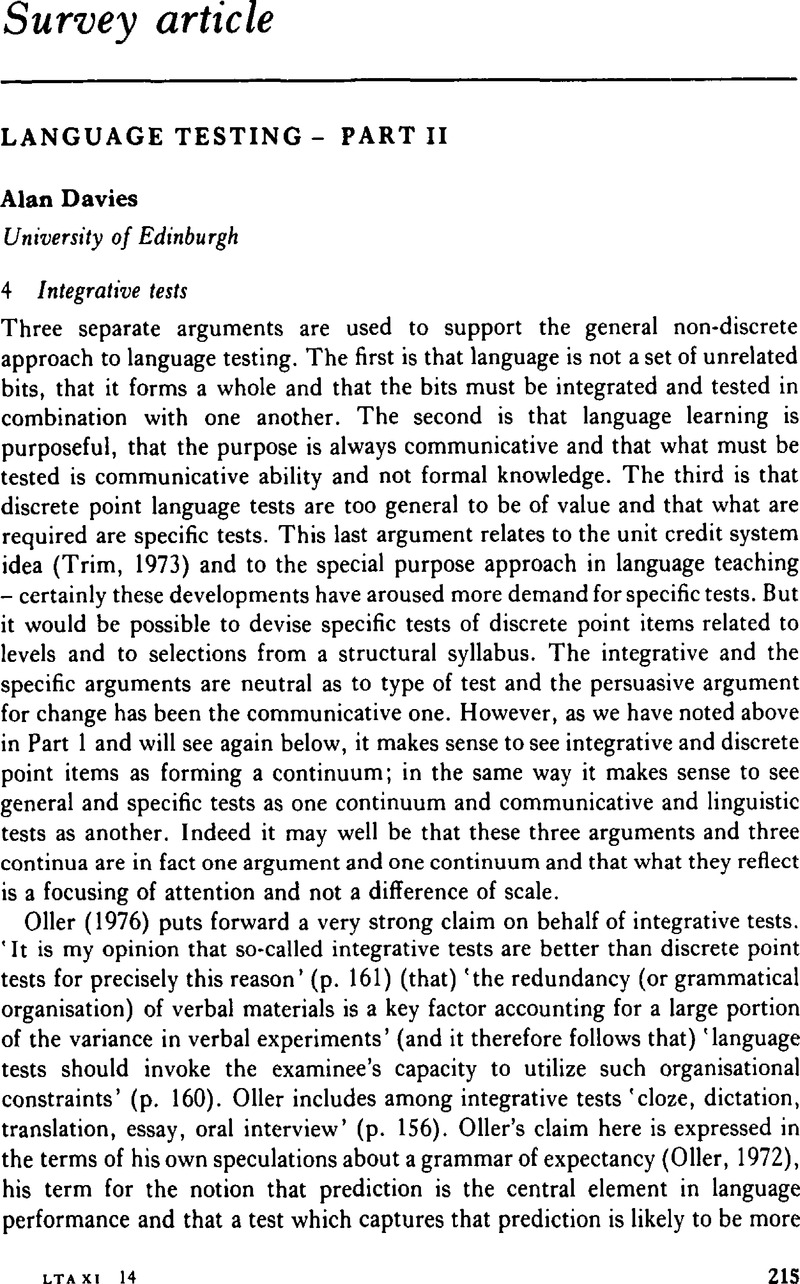Crossref Citations
This article has been cited by the following publications. This list is generated based on data provided by Crossref.
Ulijn, Jan
1980.
Foreign language reading research: recent trends and future propects.
Journal of Research in Reading,
Vol. 3,
Issue. 1,
p.
17.
Lewkowicz, Jo A.
1997.
Encyclopedia of Language and Education.
p.
121.
Bridges, Susan M.
Parthasarathy, Divya S.
Au, Terry K.F.
Wong, Hai Ming
Yiu, Cynthia K.Y.
and
McGrath, Colman P.
2014.
Development of functional oral health literacy assessment instruments: Application of literacy and cognitive theories.
Journal of Public Health Dentistry,
Vol. 74,
Issue. 2,
p.
110.


